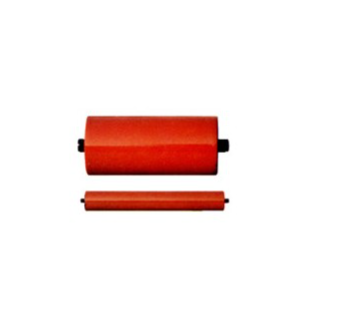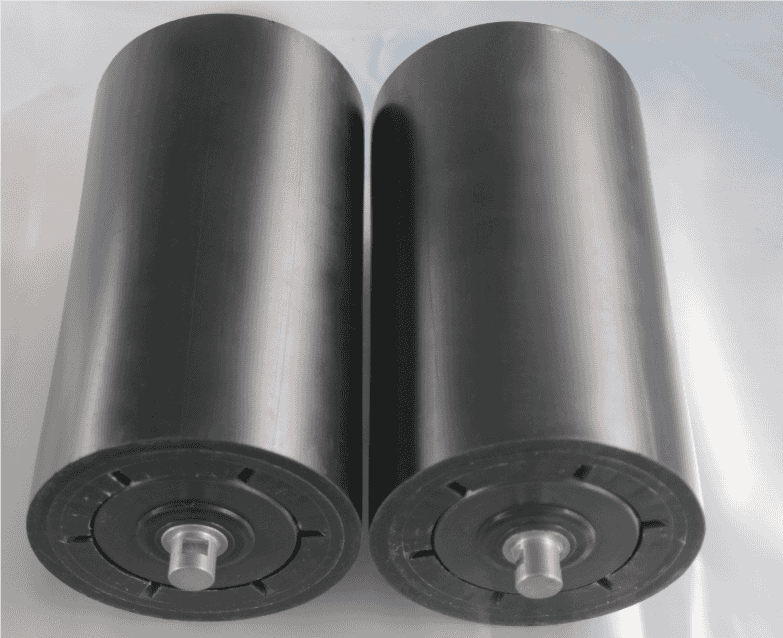
In the material transportation chain of industrial fields such as mining, ports, and chemical engineering, conveyors are undoubtedly core equipment. However, the idler assembly, a key component that supports the stable operation of conveyors, is often overlooked due to its "low - profile". This precision unit, composed of rollers, shafts, bearings, seals, and other parts, may seem simple in structure, but it is actually the "invisible cornerstone" that ensures efficient material transmission and reduces equipment wear. Its performance directly determines the operating efficiency and service life of the conveyor system.

From the perspective of structural composition, the conveyor idler assembly follows the design principle of "simplicity without being simplistic". The core component, the roller, is mostly made of high - strength steel or polymer materials. The former is suitable for heavy - duty and high - wear mining scenarios, while the latter, with its advantages of corrosion resistance and light weight, is more advantageous in special fields such as food and chemical engineering. As the core force - bearing part, the shaft needs to undergo quenching and tempering treatment to improve its fatigue resistance and prevent deformation caused by long - term load - bearing. Bearings and seals are the "protective barriers" of the assembly. High - quality deep - groove ball bearings can reduce rotational friction, and labyrinth or contact - type sealing structures can effectively block the invasion of dust and water vapor, preventing bearing rust and jamming. This is particularly important for harsh working conditions such as dusty mines and humid ports.
In the conveyor system, the role of the idler assembly can be summarized into three core functions: "supporting, guiding, and reducing consumption". Firstly, through the evenly distributed roller groups, it distributes the weight of the conveyor belt and materials to the frame, preventing the conveyor belt from tearing due to excessive local stress. Especially in long - distance and large - angle conveyors, the idler assemblies arranged at intervals can effectively suppress the sagging of the conveyor belt and ensure transmission stability. Secondly, specially designed self - aligning idlers and lateral guide idlers can correct the deviation of the conveyor belt, prevent material scattering or edge wear of the conveyor belt, and reduce production accidents and material waste. Finally, the low - friction rotation of the idlers can reduce the driving energy consumption of the conveyor. Data shows that high - quality idler assemblies can reduce the operating resistance of the conveyor by 15% - 20%, which can help enterprises save considerable energy costs in the long run.

It is worth noting that the performance of the idler assembly depends on strict technical standards and daily maintenance. In the production and manufacturing process, the roundness error of the roller must be controlled within 0.1mm, and the bearing clearance must be accurately adjusted according to the working conditions to balance flexibility and stability. In daily use, regular lubrication of bearings, inspection of the integrity of seals, and cleaning of attachments on the roller surface can effectively extend the service life of the assembly and avoid chain failures caused by the failure of a single idler.
Nowadays, with the development of intelligent logistics, idler assemblies are also upgrading towards lightweight, low - noise, and monitorable directions. Some high - end assemblies have integrated temperature sensors, which can provide real - time early warnings of fault risks. This seemingly ordinary industrial component is safeguarding the efficient operation of modern material handling systems with more precise design and more reliable performance.